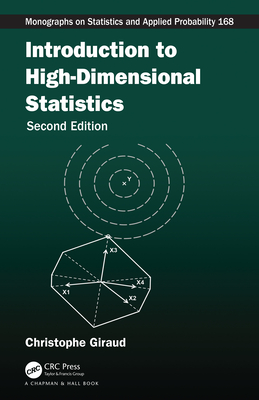Convex Analysis and Global Optimization (Springer Optimization and Its Applications)
暫譯: 凸分析與全域最佳化(Springer最佳化及其應用)
Hoang Tuy
- 出版商: Springer
- 出版日期: 2016-10-26
- 售價: $5,450
- 貴賓價: 9.5 折 $5,178
- 語言: 英文
- 頁數: 505
- 裝訂: Hardcover
- ISBN: 3319314823
- ISBN-13: 9783319314822
-
相關分類:
工程數學 Engineering-mathematics
海外代購書籍(需單獨結帳)
商品描述
This book presents state-of-the-art results and methodologies in modern global optimization, and has been a staple reference for researchers, engineers, advanced students (also in applied mathematics), and practitioners in various fields of engineering. The second edition has been brought up to date and continues to develop a coherent and rigorous theory of deterministic global optimization, highlighting the essential role of convex analysis. The text has been revised and expanded to meet the needs of research, education, and applications for many years to come.
Updates for this new edition include:
· Discussion of modern approaches to minimax, fixed point, and equilibrium theorems, and to nonconvex optimization;
· Increased focus on dealing more efficiently with ill-posed problems of global optimization, particularly those with hard constraints;· Important discussions of decomposition methods for specially structured problems;
· A complete revision of the chapter on nonconvex quadratic programming, in order to encompass the advances made in quadratic optimization since publication of the first edition.
· Additionally, this new edition contains entirely new chapters devoted to monotonic optimization, polynomial optimization and optimization under equilibrium constraints, including bilevel programming, multiobjective programming, and optimization with variational inequality constraint.
From the reviews of the first edition:
The book gives a good review of the topic. …The text is carefully constructed and well written, the exposition is clear. It leaves a remarkable impression of the concepts, tools and techniques in global optimization. It might also be used as a basis and guideline for lectures on this subject. Students as well as professionals will profitably read and use it.―Mathematical Methods of Operations Research, 49:3 (1999)
商品描述(中文翻譯)
這本書介紹了現代全球最佳化的最先進成果和方法論,並且一直是研究人員、工程師、高級學生(也包括應用數學領域)以及各種工程領域實務工作者的重要參考書籍。第二版已更新至最新狀態,並持續發展出一套連貫且嚴謹的確定性全球最佳化理論,強調凸分析的基本角色。文本已被修訂和擴展,以滿足未來多年來的研究、教育和應用需求。
新版本的更新包括:
· 討論現代的最小最大、固定點和均衡定理的方式,以及非凸最佳化的相關內容;
· 更加專注於更有效地處理全球最佳化中的病態問題,特別是那些具有嚴格約束的問題;
· 針對特殊結構問題的重要分解方法討論;
· 完全修訂非凸二次規劃章節,以涵蓋自第一版出版以來在二次最佳化方面的進展。
· 此外,這個新版本包含全新章節,專門探討單調最佳化、多項式最佳化以及在均衡約束下的最佳化,包括雙層規劃、多目標規劃和帶有變分不等式約束的最佳化。
第一版的評價:
這本書對該主題提供了良好的回顧。……文本結構精心且寫作流暢,闡述清晰。它對全球最佳化中的概念、工具和技術留下了深刻的印象。它也可以作為該主題講座的基礎和指導。學生和專業人士都能從中獲益,並加以使用。―《運籌學的數學方法,49:3 (1999)》











